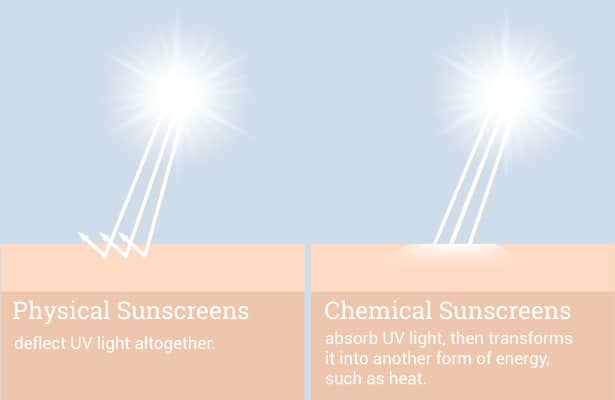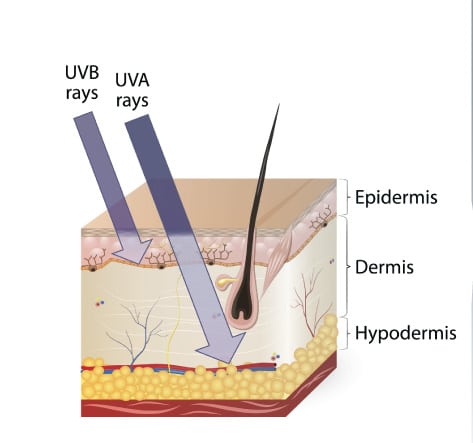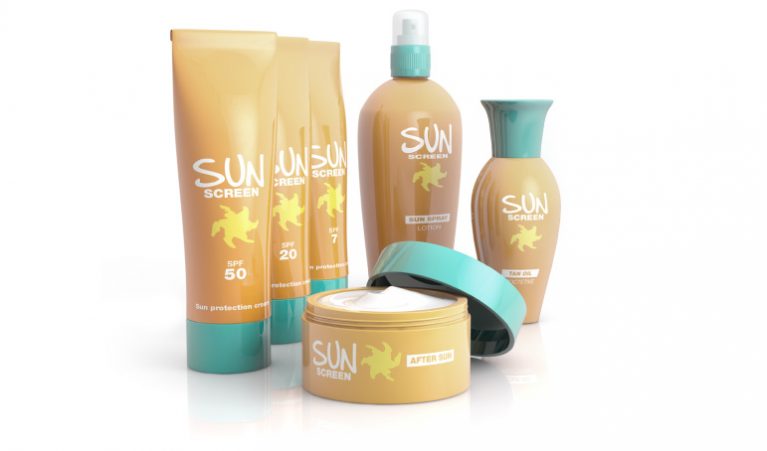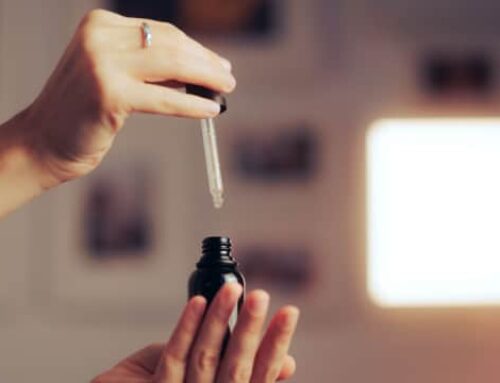Out of all of the anti-aging products that are on the market, sunscreen is by far the most important. In fact, a study published in the American College of Physicians’ Annals of Internal Medicine proved that sunscreen can help prevent photoaging – premature aging caused by the sun. Researchers compared skin aging in 900 men and women ages 55 and younger, divided into groups to apply SPF15+ sunscreen daily or to receive daily β-carotene or placebo pills. After 4.5 years they found that daily sunscreen use significantly slowed skin aging, even in middle-aged men and women. The study participants who applied sunscreen daily had less wrinkles and dark spots than the group which did not regularly use sunscreen.
In addition to helping slow the skin aging process, daily sunscreen use is one step you can take toward reducing your risk for skin cancer. A randomized, clinical study of over 1,600 people published in the Journal of Clinical Oncology demonstrated that regular sunscreen use reduced the incidence of melanoma, the deadliest form of skin cancer.
It’s no secret that wearing sunscreen is crucial for our health as well as appearance. But did you know that not all sunscreens are created equal? A 2017 report from the Environmental Working Group (EWG) proved this to be true. After studying nearly 1,500 SPF products, it was found that almost 75% of the sunscreens offered inferior sun protection and/or they contained harmful ingredients. So how do you know which sunscreen is going to provide you with adequate protection? If you keep scrolling you’ll find all the information you need to choose the best sunscreen.

Physical vs. chemical sunscreen
Sunscreens can be categorized based on their ingredients into two groups: physical sunscreens and chemical sunscreens.
Physical sunscreens protect your skin by using physical UV filters to block or deflect UV light. Common physical sunscreen ingredients include zinc oxide and titanium dioxide.
Physical sunscreens tend to be better tolerated by most skin types because they are not absorbed into the skin. Thus, they are especially useful for those with heat sensitive skin (i.e. rosacea patients) as well as those with acne-prone skin as they are typically less pore-clogging. However, physical sunscreens are thicker than chemical sunscreens and can often leave a white cast after application. Furthermore, physical sunscreen ingredients don’t offer as much UVA protection compared to chemical sunscreens.
Chemical sunscreens protect the skin by first absorbing UV light, then transforming that light energy into some other form of energy, such as heat. Common ingredients of broad spectrum chemical sunscreens include oxybenzone, octinoxate, avobenzone, and homosalate. A benefit of chemical sunscreens is their ability to defend the deeper layers of skin, including collagen fibers and other tissue, against the aging effects of UVA rays, as well as preventing penetration by the UVB rays responsible for tanning and sunburn. A drawback of chemical sunscreens, however, is that they rub off more easily since they are thinner and must be reapplied more frequently.
As both physical and chemical sunscreens have their pros and cons, many of today’s sunscreens contain both physical and chemical UV filters.
Choose a broad spectrum sunscreen
 Whether you choose a physical or a chemical sunscreen, it’s important that it is a broad spectrum sunscreen. According to the FDA, broad spectrum means that the sunscreen can protect you from the sun’s harmful ultraviolet A (UVA) and ultraviolet B (UVB) rays. UVA rays can prematurely age your skin, whereas UVB rays can burn your skin. Both types of radiation can cause skin cancer. A broad-spectrum, or full-spectrum, sunscreen protects you from both. In 2011, the FDA enacted a rule that requires sunscreens advertising “broad spectrum” to pass a test proving their ability to filter both UVA and UVB rays. (EWG)
Whether you choose a physical or a chemical sunscreen, it’s important that it is a broad spectrum sunscreen. According to the FDA, broad spectrum means that the sunscreen can protect you from the sun’s harmful ultraviolet A (UVA) and ultraviolet B (UVB) rays. UVA rays can prematurely age your skin, whereas UVB rays can burn your skin. Both types of radiation can cause skin cancer. A broad-spectrum, or full-spectrum, sunscreen protects you from both. In 2011, the FDA enacted a rule that requires sunscreens advertising “broad spectrum” to pass a test proving their ability to filter both UVA and UVB rays. (EWG)
SPF
SPF, or sun protection factor, is defined by the FDA as “how well a sunscreen protects you from sunburn”. Thus, the number following SPF on a sunscreen label tells you how much UVB light that sunscreen can filter out. For example, SPF 15 can filter 93% of the sun’s UVB rays, whereas SPF 30 can filter 97%.
The American Academy of Dermatology recommends a broad spectrum sunscreen with SPF 30. Anything above SPF 30 is not usually necessary as it has little incremental benefit and below 30 does not offer enough protection. Keep in mind that no sunscreen can filter out 100% of the sun’s UVB rays. Therefore it’s important to practice other sun avoidance measures, such as wearing sun protective clothing and seeking shade.
To sum it up
Choosing a sunscreen doesn’t have to be difficult, but it is crucial to consider the factors outlined above so that you choose a sunscreen that offers adequate protection. The main choice you will have to make is whether you want a physical or chemical sunscreen, or one that contains both types of filters. Overall, applying a broad spectrum SPF 30 sunscreen every day, rain or shine, is going to help prevent photoaging and reduce your risk of skin cancer.














Leave A Comment